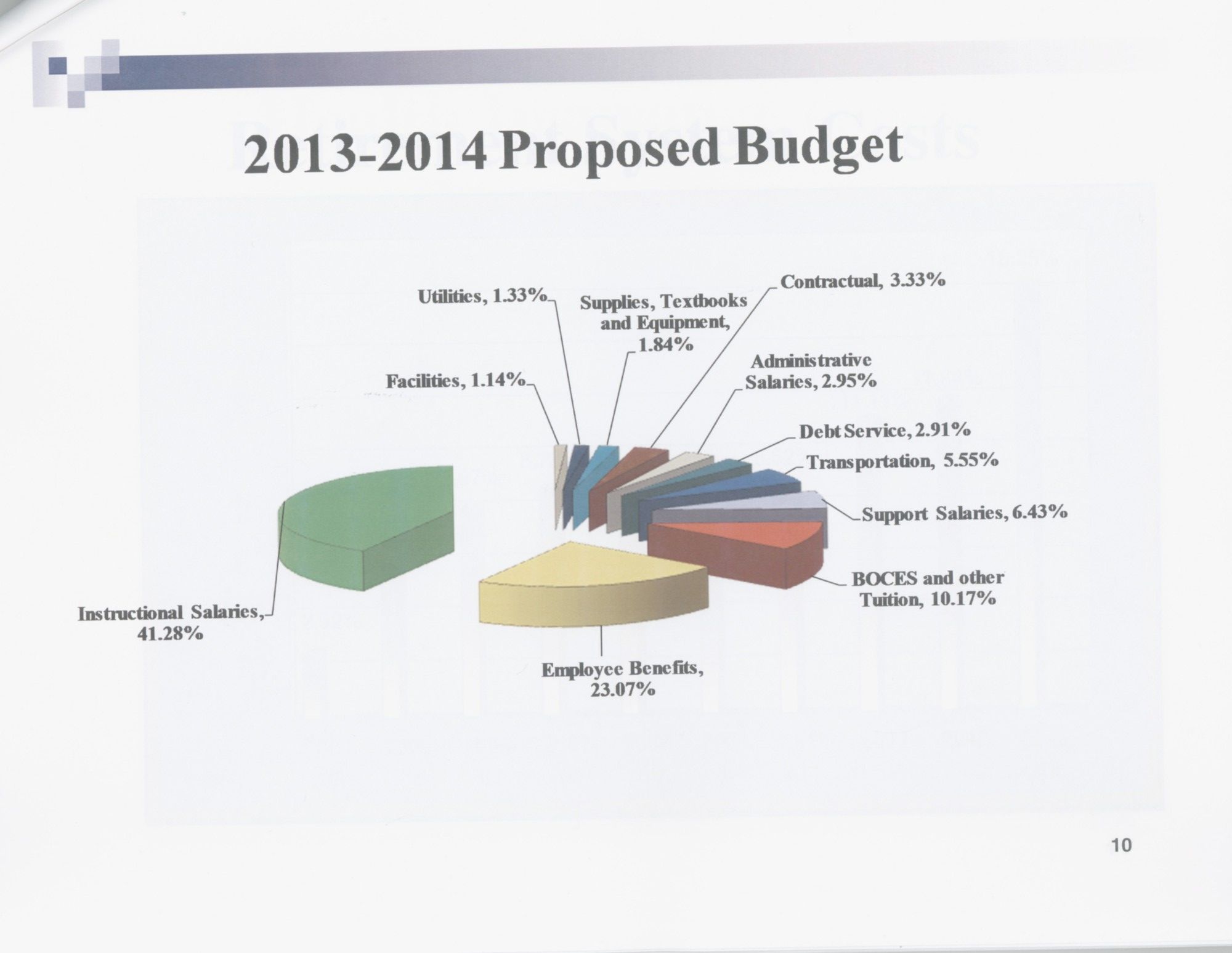District's proposed budget maintains programs
No staffing cuts expected, says superintendant
Not a single educational program or service is slated to be cut in the East Meadow School District’s proposed 2013-14 budget, nor are any staff layoffs expected, according to Superintendent Louis DeAngelo.
Adopted by the Board of Education on April 4, the proposal totals $188.2 million, a 1.83 percent increase over the current year. The tax levy, the amount of money the district would collect from taxpayers, would be $131 million, a 2.49 percent increase.
The tax levy increase falls well below what is allowed under the state tax-cap legislation. The district could have raised the tax levy as much as 5.24 percent and still met the cap, but chose not to, DeAngelo said.
A simple majority will be needed to approve the budget when the public votes on it on May 21. “We recognize the need to limit our tax levy increase, given the tight economic times we are in,” said DeAngelo. “We want to be mindful of the taxpayers and at the same time preserve programs for our students. The proposed budget for East Meadow maintains all programs and services currently offered to students, yet does so within a minimal budget-to-budget increase and maintains a low tax levy.”
Among the instructional and co-curricular programs the plan preserves are college and Advanced Placement-level courses, music, sports, science research, remedial and Academic Intervention Services and summer programs. Class sizes will be maintained.
According to DeAngelo, the district will keep its programs and faculty intact because of “wise financial planning” over the years. He said that when he was first appointed superintendent four years ago, he worked with the central administration and Board of Education on the long-term use of the district’s reserve funds. He added that district officials always have a plan in place that looks five years ahead.
Approximately 78 percent of the budget is devoted to academic programs, 13 percent to capital expenses, such as building maintenance, and the remaining 9 percent to administrative costs.






